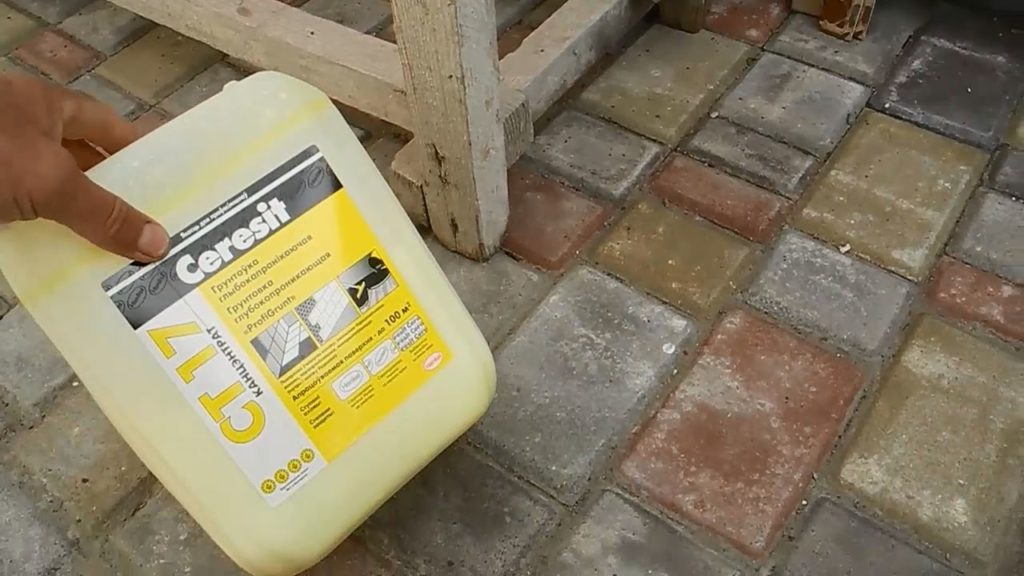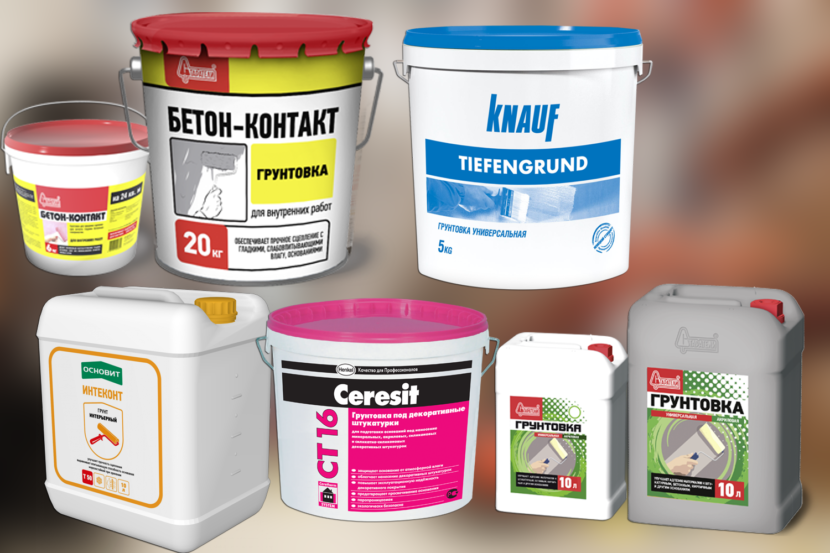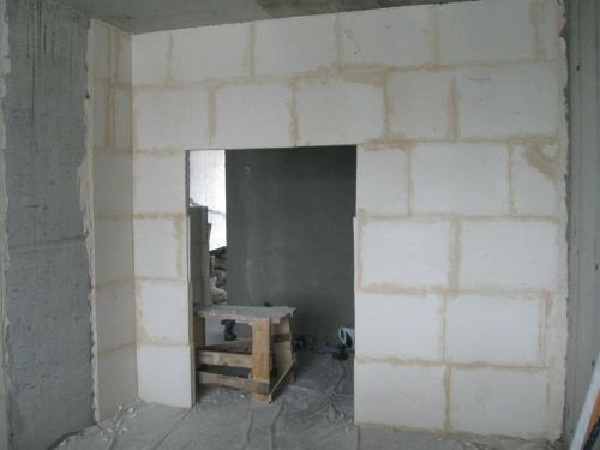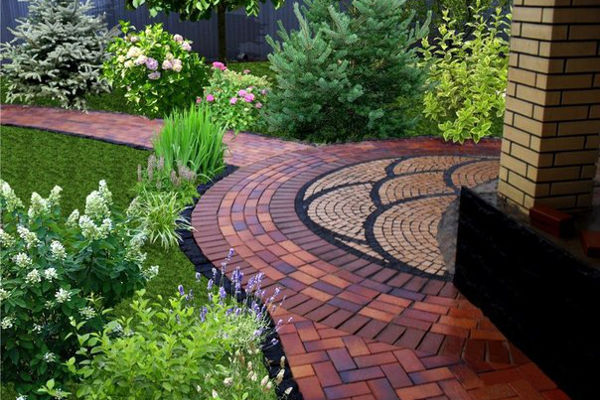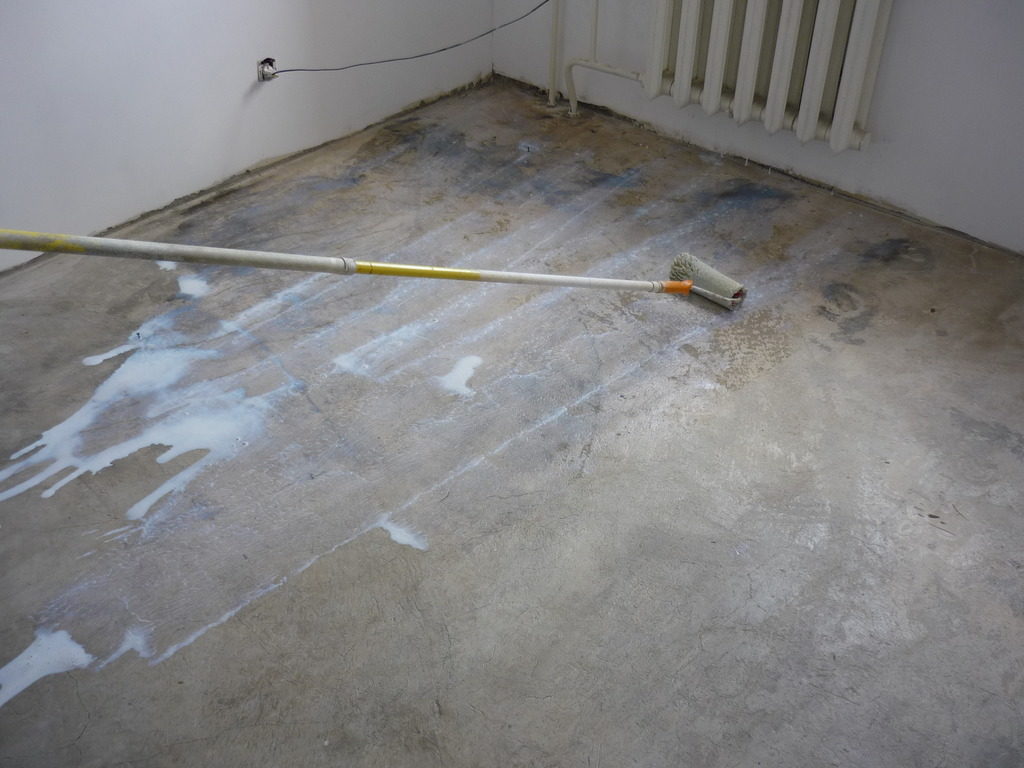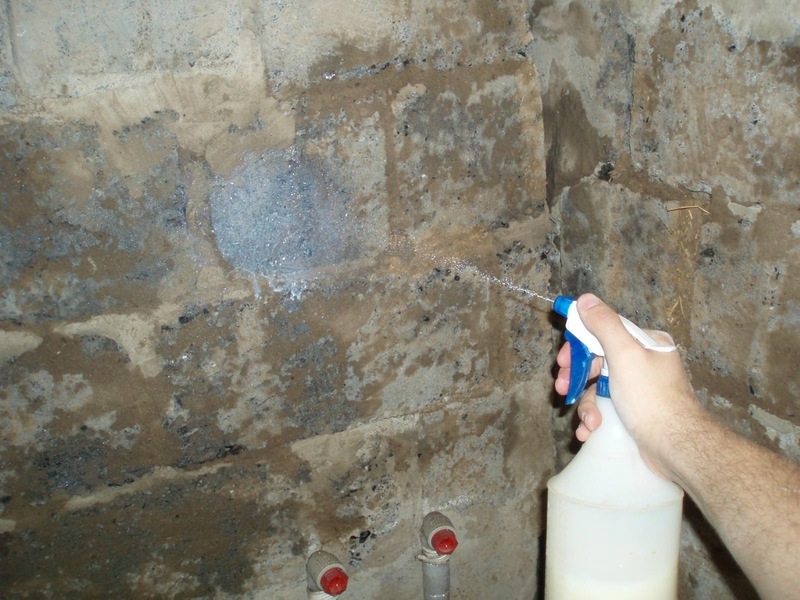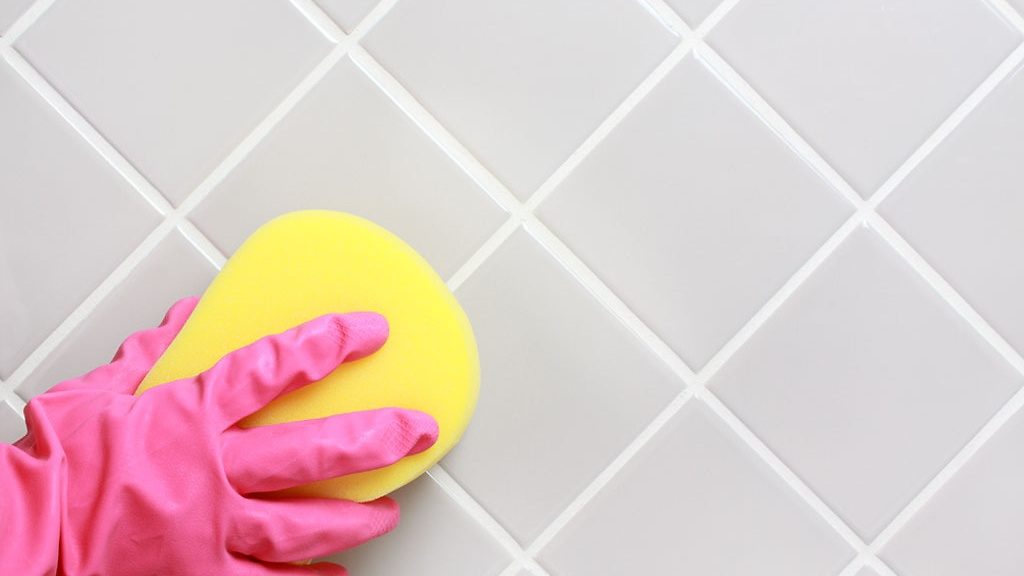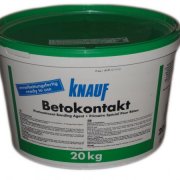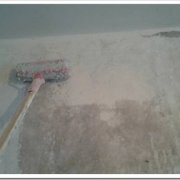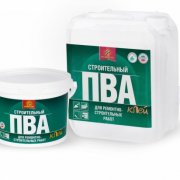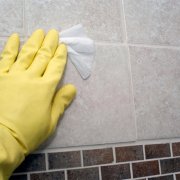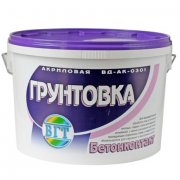Primer for tile
The primer before laying the tiles is the preparation of the surface for high-quality cladding. The primer will fill microdamages to the building base and improve adhesion of materials. The main thing is to choose a suitable primer and adhere to the rules of the work, if they are done by yourself.
The content of the article
What is a primer?
Primer - a liquid composition that is applied before finishing. The primer is applied to the surface in front of the tile lining to clean and degrease the surface, as well as improve the adhesion of the building base and the finishing material.
The primer is used for walls, ceilings and floors. The composition is applied to the surface a few hours before the lining, so that the product dries before finishing. The primer is applied to surfaces of all types. The main thing is to choose the right composition.
Benefits of Using a Primer
Advantages of using a primer:
- the process of laying tiles is accelerated and improved;
- the surface is cleaned of dust and other particles of pollution;
- the tile adheres to the wall for a long time without the need for restoration.
Kind of primer
Primer is classified in several ways. Types are distinguished depending on the composition of the primer and on the building base on which the composition is applied.
Classification by composition
The primer under the tile is of several types and the price, respectively, depends on the variety of composition:
- Acrylic Applicable to all types of building foundations. The primer penetrates deep into the surface and levels it. This is one of the reasons for the increased demand for primer. Users are also satisfied with the reasonable price and drying in 4 hours.
- Alkyd. The primer is used only on wooden or metal surfaces. The primer has moisture repellent properties. This means that the composition prevents the emergence of an aggressive bacterial environment under the tile. Therefore, such a primer is suitable for tiles in the bathroom.
- Gypsum The main active ingredient in the primer is gypsum, lime or cement. The composition is recommended for use on gypsum, brick and concrete substrates.
- Epoxy. The primer protects the surface from water in rooms with high humidity. For this reason, such a primer in the bathroom under the tile is simply indispensable.
For reasons
There are several types of building foundations. For each of them, it is recommended to choose a suitable primer:
- Universal. Recommended for waterproofing the base, because it has waterproof properties. Such a primer before laying tiles is applied to all types of surfaces. The use of the primer is recommended in rooms with high humidity.
- Deep penetration. Primer is used for mineral building substrates. These include brick, plaster, concrete, etc. Such surfaces have a porous structure, so they need to fill the spaces.
- Neutralizing. The primer is recommended for use on building substrates that have been coated with alkaline solutions.
- Concrete contact. This primer contains marble flour or quartz sand. Due to this, the primer is used on concrete, drywall, fiberboard, chipboard, etc.
For plates
When a primer is selected, the surface on which the primer will be applied is taken into account.However, the material of the tile can also be taken into account, especially if it is not intended for facing, but for construction. Among these materials are tongue-and-groove plates, which are used for the construction of walls and partitions. These boards have a smooth surface, but priming is also done in this case. Here, the primer will help improve surface adhesion and glue dust. The primer for tongue-and-groove plates is suitable for that which is used for foam blocks, gas silicate substrates and other materials of a similar plan.
Paving slabs also require a primer. In this case, the primer is applied over the facing material. This helps protect the track from mechanical damage, thereby extending its service life. The primer for paving slabs is selected that which is allowed for use outdoors.
Do I need a primer?
Do I need to prime the walls before laying the tiles - such a question has not been faced by professionals for a long time, but it worries some ordinary people. This construction phase is recommended in the following cases:
- if the lining occurs on a loose or dilapidated coating that cannot reliably hold the tile;
- when the tile is laid on a concrete base, on which the adhesive is not fixed well;
- if the surface is not completely cleaned;
- when the cement screed is performed;
- if facing occurs in a room with high humidity.
Thus, if we talk about whether a primer for a tile is needed, then the answer will be yes. The primer contains film-forming substances, due to which it has the following properties:
- strengthens the surface of the building base;
- fills pores and microdamages;
- improves the adhesion of the tile adhesive with the building base;
- connects dust and the remains of pollution;
- provides waterproofing, so that the liquid from the lower layer does not pass to the surface, therefore, there will be no divergence of layers and the tile is disconnected from the base.
Priming rules
The primer of the walls before laying the tiles is carried out in different ways, depending on the degree of appearance of the primer.
Adhesive primer
The adhesive primer in front of the tile is applied only to the prepared surface. The old finish and dirt are removed. Next, the primer is applied to the base using a roller. In this case, only one coat of primer is applied.
The video clearly demonstrates the rules for applying a primer before laying tiles.
Penetrating primer
The instructions for preparing the building base will be the same as in the case of the adhesive primer. However, the sequence of other actions is different. Penetrating primer for tiling is applied in two layers. The layers are applied one after another without interruption. The penetrating primer is applied with a roller, brush or spray, as in the photo.
Primer joints between tiles
When grouting between the tiles is completed, it is recommended to strengthen it with a primer. The primer will provide it with protection against water and aggressive biological environment. Primer for tile joints is used a week after installation. The primer for this work is recommended to take with antibacterial properties. The tool is applied with a thin brush to the seam. It is recommended to avoid getting on the tile due to a possible change in tone. The primer for tile joints is applied in one layer. When the process is completed, the tile is wiped with a damp cloth.
The primer of the walls under the tile is carried out in any room where the cladding is carried out. If the rules for applying the primer are followed, then styling will last for a long time.
